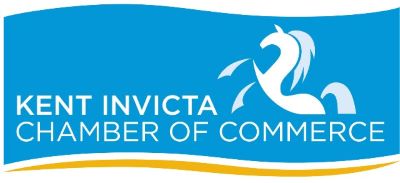Don't let your business be stopped in its tracks by burst pipes, boiler breakdowns or huge heating bills. Use our checklist to prepare your premises for cold weather
- Get a suitably qualified expert to check that gas fires, boilers and central heating are in full working order. Ensure that any portable heaters are working and bleed radiators where necessary.
- Leave heating on in empty buildings, to maintain a temperature of at least four degrees Celsius, to prevent pipes from freezing and cracking. Check the timers on your heating to ensure it turns on and off at the right time.
- Repair any dripping taps. If the weather is cold enough, drips can freeze up before they drain away, causing pipes to block and burst.
- Ensure that internal and external stopcocks are accessible and labelled properly, in case water pipes burst and you need to turn off the supply to your building. Advise staff of their location.
- Reduce heat loss and save money on your energy bills. Fit draught excluders to seal any gaps around windows and doors. Ensure that pipes are properly insulated. Consider replacing old windows with double or triple glazed windows – you are likely to keep in 25% more heat.
- Assess your energy use and take steps to improve your efficiency. The Carbon Trust's free online resources can help you identify the steps you need to take to make your building more energy efficient.
- Allow as much natural light into your premises as possible. This can help boost staff morale and reduce tiredness and low mood. Using natural rather than artificial lighting can also cut your energy bills.
- Install energy efficient lighting to ensure customer and staff safety during the darker months.
- Make sure you have adequate contents insurance and utilities service cover so that your premises are serviced quickly in the event of a breakdown or if you need any emergency repairs.
- Inspect your roof for loose tiles or damaged roofing materials that could let in water.
- Ensure that guttering is clear from blockages. Check nearby trees for low hanging branches or unstable root structures – they might damage your building.
- Check whether your walkways, steps and non-slip surfaces need maintaining.
- Consider whether you need grit bins in the event of ice and snow.
- Move stock and equipment above flood level. If your building is prone to flooding, consider getting items such as water absorbent cushions, flood alarms and airbrick covers. Visit the Environment Agency website to find out the flood risk in your area
- Review and update your business continuity plan. Consider what you would do in the event of a natural disaster. Get hold of insurance company details and ensure your emergency contact staff have copies.
